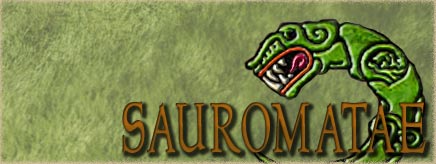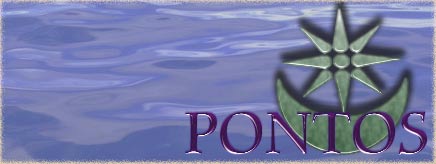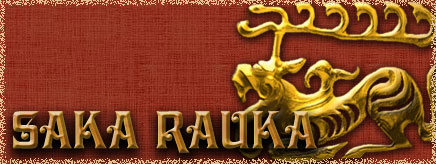Thureophoroi offered versatility on the field, they could react much faster than Phalangitai or Hoplitai, since they didn't require a solid formation...
They would operate on the flanks, in tandem with lighter Psiloi and cavalry, to screen the main infantry and impede flanking manouvers by the enemy. They were employed on rough terrains for example...
Theirs wasn't exactly a "counter to Keltoi", that is they weren't intented to go head to head with them and defeat them, but rather the adoption of the Keltic fast and independent infrantryman. Also the very Keltoi newcomers, more often than not, fought as Thureophoroi. The Aitolioi, who already had a tradition for individualistic shock combat, quickly adopted it too. These particular soldiers eventually grew into the Thorakitai, to cover the need of more close quarter action for the Thureophoroi. And later (1st cent BCE) in Syria, Mikra Asia and Aigyptos, the greater influence of Keltic settlers evolved the corp further into Spathaphoroi...
To sum it up, the Thureophoroi offered assistance on the flanks and quick tactical response. Depending on the soldiers' warfare tradition and/or lack of heavier contingents, they also grew into Thorakitai for prolonged melee, something the Thureophoroi could not do.
As for examples there are the Kappadokioi or Libyes (note the choice of people: highlanders and tribesmen, used to fight in loose formations and independently) being armed as Keltoi during the campaigns of Antiochos III, they were deployed next to the Phalangitai. In the case of Pergamon, the Mysioi and most likely the pastoral settlers from the Makedonian highlands fought as Thureophoroi/Thorakitai. Hellenistic mentality to battle formations, didn't take much into consideration the concept of reserves (something that Alexandros instead used), but envisioned an unbreakable, yet cumbersome line, whose only weakness were the flanks and that's where versatility was needed to protect it...










 Reply With Quote
Reply With Quote
Bookmarks